We have experienced some of the worst bird flues in the avian history. The first outbreak took place in 1996. Later, it followed in 2020 too.
Like the Avian Flu, we should also be aware of the Aspergillosis in Birds. Although less often, you still should get familiar with the signs, treatments, and prevention meters. We never know what lies ahead!
In our informative guide today, we will learn what aspergillosis is in birds, and how you can detect, treat, and prevent them before it’s too late.
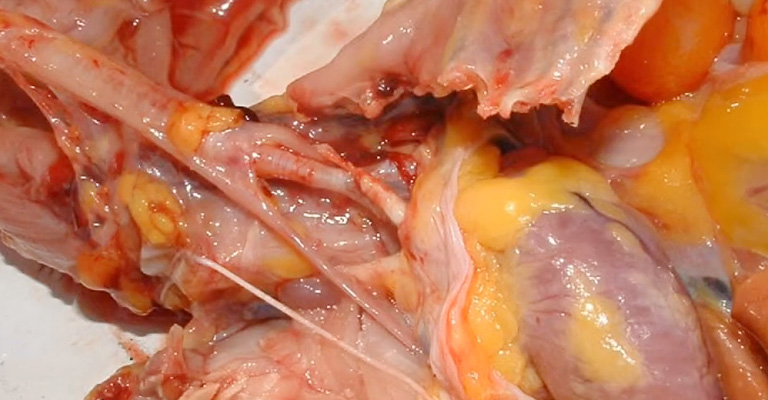
What Is Aspergillosis in Birds?
Aspergillosis is common in birds, both domestic and wild. It’s a fungal infection that attacks the respiratory system in birds.
A fungus, “Aspergillus fumigatus” is responsible for this disease, which ultimately leads to severe health issues, including death in birds if left untreated.
Bronx Zoo in New York experienced the worst outbreak of Aspergillosis in 2012. Several bird species including penguins, flamingos, and waterfowl were affected by Aspergillosis.
The outbreak was severe and resulted in a lot of avian deaths. Soon, intensive efforts were put in to control the spread of the fungus within the zoo’s bird population.
Many wildlife rehabilitation centers care for injured and orphaned birds. They have also experienced aspergillosis outbreaks.
However, arrangements of the rehabilitation centers are partially responsible for such outbreaks. The facilities often house birds in close quarters. It easily creates favorable conditions for fungal spore transmission.
In a short time, the disease can spread rapidly among vulnerable birds under care.
This is what Aspergillosis is. Our next question is, what are the signs of aspergillosis? Let’s find out.
Aspergillosis in Birds – Signs
Might seem easy! But almost 11,000 bird species are available and each of them reveals signs differently. However, we have prepared a list for you that has the common symptoms you should look out for in birds. They are,
1. Respiratory Disfunction
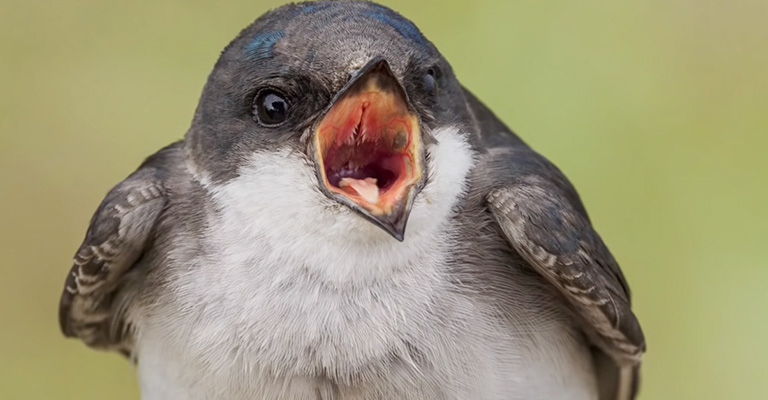
Aspergillosis primarily targets the respiratory system of birds. Your birds may breathe with their mouths open, they may wheeze often. You may also notice frequent nasal discharge.
Your pet parakeet might show labored breathing and have discharge around its nares (nostrils).
2. Loss of Appetite
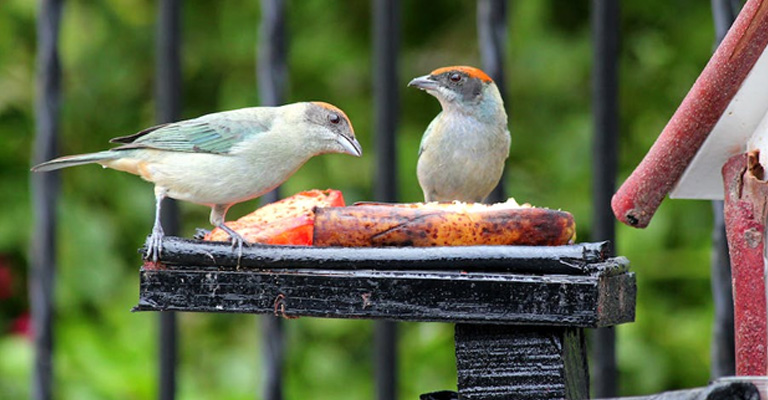
Birds like cockatiels, budgerigars, or canaries (especially domestic birds) often lose their food appetite. This is actually more common in our domestic birds. Your bird might pick at its food less or refuse to eat altogether.
3. Weight Loss
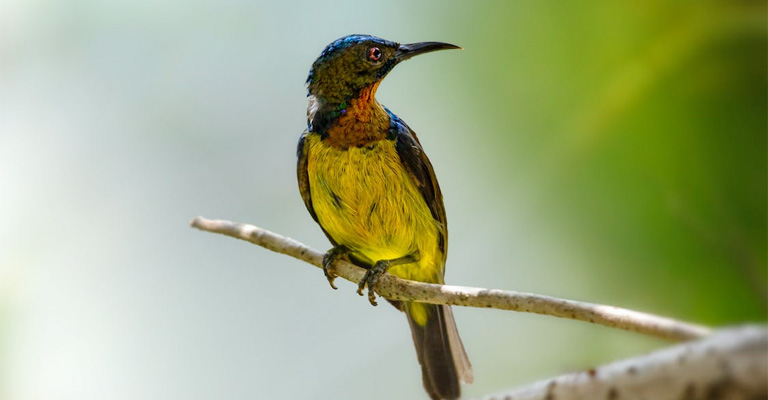
It’s alarming how Aspergillosis can lead to rapid weight loss in birds. Your finch that once had a healthy body weight might become visibly thin and frail.
4. Birds Become Weak
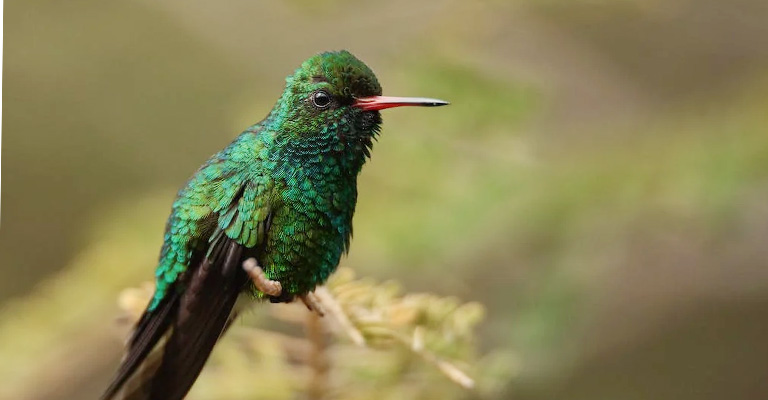
Birds that are affected may become lethargic. They may sit quietly for extended periods or appear weak. It is particularly noticeable in pet parrots like African Grey Parrots or Amazons.
They are generally active and vocal birds but when you see them sitting for hours and doing nothing, be sure that, something is off.
5. They Get Eye Lesions
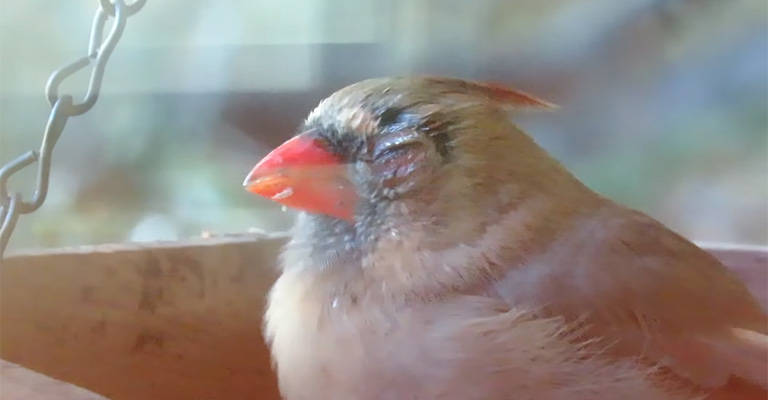
Although not in most, eye lesions are common in some birds, such as raptors like eagles and falcons. You might see swollen, red, or cloudy eyes in the birds. They may also show signs of ocular discomfort.
6. Lumps or Lesions
Aspergillosis does not always target respiratory functions. Cutaneous aspergillosis badly affects the skin and feathers. You may notice raised lumps or unusual growths on your bird’s skin. Different species like parrots and raptors generally show the signs!
7. Change in Droppings
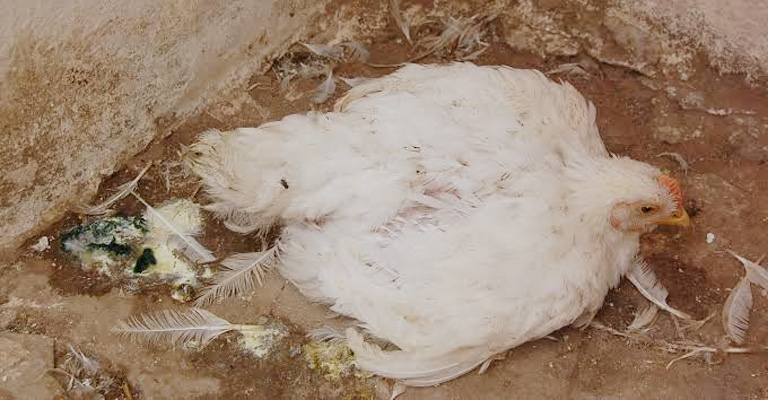
The first thing to notice when your bird is behaving abnormally is their droppings. You may notice a change in the appearance of their droppings.
For example, your pet lovebird may have discolored or watery droppings. It is clearly a sign of gastrointestinal aspergillosis.
8. Additionally,
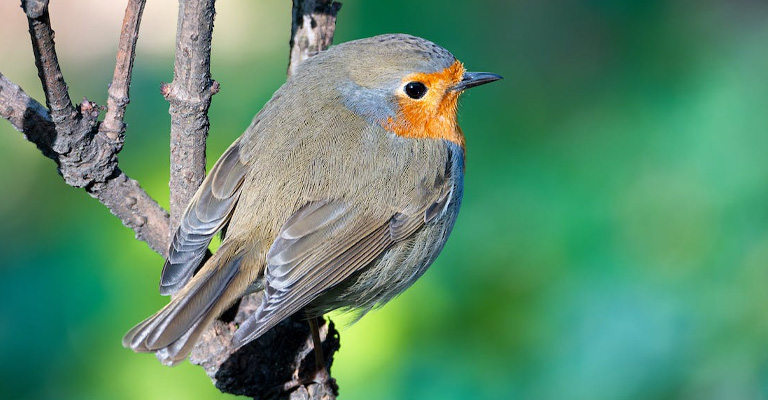
Sometimes, aspergillosis may affect the nervous system of birds. Birds like pigeons or doves may show signs like head tilting, loss of balance, or even seizures. The signs are alarming and often indicate a serious underlying infection.
Additionally, your tweety birds may suddenly become silent. Such as canaries or budgerigars, may become quieter or stop singing altogether when suffering from aspergillosis.
Look out for the symptoms we mentioned here. Often we don’t notice and our birds reach the last stage! But with care and observations, we can prevent it to a large extent.
Treatment of Aspergillosis in Birds
So, what should you do when your birds are affected by Aspergillosis? Is medicine effective?
Even though, there is no 100% recovery rate we should still try. You can try the following treatments on your sick birds,
1) Antifungal Medications: The most common antifungal medication used to treat aspergillosis in birds is itraconazole. You can administer it orally or as an injection.
2) Supportive Care: Infected birds require supportive care. You must ensure proper nutrition, hydration, and environmental conditions. At some point, also involves force-feeding and fluid therapy.
3) Isolation: Think about your healthy birds also. You should isolate the healthy birds to prevent the spread of the fungus.
But can you prevent Aspergillosis? The answer might surprise you! Although it’s not entirely possible to prevent aspergillosis, here is what you can do best to ensure germs are away from your birds.
Can I Prevent Aspergillosis?
Practice good hygiene for your birds and improve their living conditions. You can start with a few healthy practices like this,
- Regularly clean cages, aviaries, and feeding dishes to prevent mold growth.
- Good airflow and ventilation in birds are necessary to reduce humidity and spore accumulation.
- Quarantine new birds before introducing them to an existing flock.
- You can minimize stress factors, such as overcrowding, to help boost the immune system.
In Short,
Don’t take Aspergillosis lightly. It is a potentially life-threatening fungal infection, and all birds are at risk of this.
But we can prevent the disaster and save our small folks if we are a bit more careful. A good hygiene practice is all you need to get started. Also, take your birds to the vet at least once in six months for a thorough check-up.
Domestic or facility birds depend on us for their take care and we should start educating ourselves to ensure better care for them.
Share our article with your friends and let them know how to deal with this fungal infection. We will soon write more about birds!